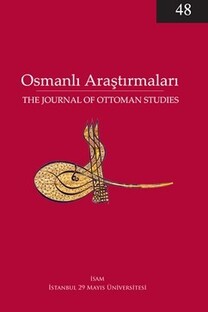Janet Afary and Kamran Afary, Molla Nasreddin: The Making of a Modern Trickster (1906-1911)
Nasreddin Hoca, Molla Nasreddin, Joha
Janet Afary and Kamran Afary, Molla Nasreddin: The Making of a Modern Trickster (1906-1911)
Nasreddin Hoca, Molla Nasreddin, Joha,
- ISSN: 0255-0636
- Yayın Aralığı: 3
- Başlangıç: 1980
- Yayıncı: TDV İslâm Araştırmaları Merkezi
Talip Çukurlu, İsyânî Dîvânı (İnceleme-Metin-Tıpkıbasım)
Ian Barnes, Rusya Huzursuz İmparatorluk: Bir Tarihsel Atlas
Ünal Araç, İktidar ve Sanat: Damat İbrahim Paşa’nın Hamiliği (1718-1730)
Leslie Peirce, A Spectrum of Unfreedom: Captives and Slaves in the Ottoman Empire
Arapçılık ve Helencilik Arasında Osmanlı Devleti: Kudüs Rum Ortodoks Patrikhanesi Krizi (1908-1914)
Mehmet Yılmaz Akbulut, Hekimoğlu Ali Paşa: Paşalar Çağının Şeyhülvüzerası
Başkasının Ağzından Sövmek: Faizi’nin Veysi Parodisi
